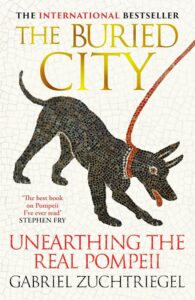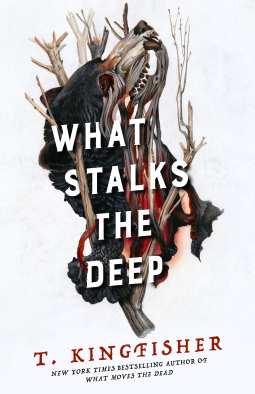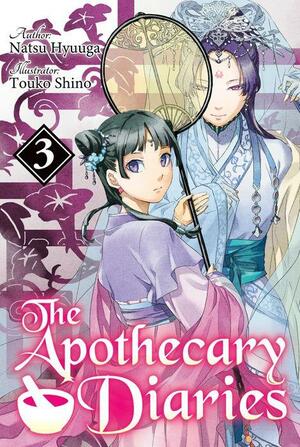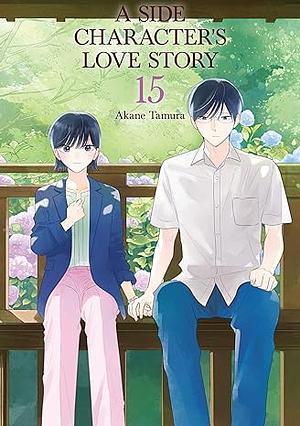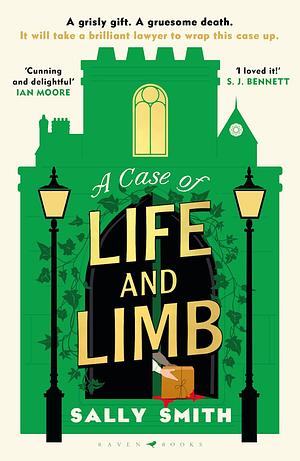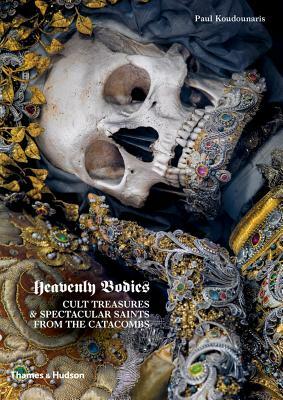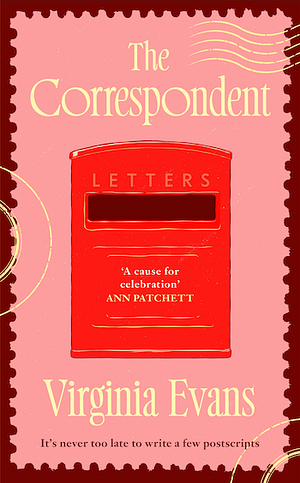
A Gentle Noble's Vacation Recommendation
by Misaki, Momochi, Sando, Lamp Magonote
Genres: Fantasy, MangaPages: 160
Series: A Gentle Noble's Vacation Recommendation #9
Rating:

Synopsis:When Lizel mysteriously finds himself in a city that bears odd similarities to his own but clearly isn't, he quickly comes to terms with the unlikely truth: this is an entirely different world. Even so, laid-back Lizel isn't the type to panic. He immediately sets out to learn more about this strange place, and to help him do so, hires a seasoned adventurer named Gil as his tour guide and protector.
Until he's able to find a way home, Lizel figures this is a perfect opportunity to explore a new way of life adventuring as part of a guild. After all, he's sure he'll go home eventually... might as well enjoy the otherworldly vacation for now!
Volume 9 of A Gentle Noble’s Vacation Recommendation felt maybe a tad disjointed, because we’re lacking information about events until a flashback/explanation later, and this happens twice (once about how Lizel plans to defend the people, and then also about the promise he makes Gil make).
That said, it’s a great conclusion to this little arc of the attack on Marcade, and we see a lot of Lizel’s scheming. And it’s to be hoped that in the next volume, Gil and Eleven give him whatfor about it, for goodness’ sake.
There are some really fun moments between the trio, though most of the focus is on Lizel’s cleverness and his efforts to thwart Variant Ruler. The elves kind of come out of nowhere, and I felt kinda like I’d missed something, but they were technically somewhat foreshadowed…
Not my favourite volume in some ways, but I enjoyed it as always.
Rating: 4/5 (“really liked it”)

